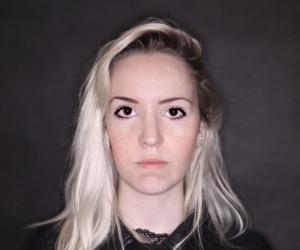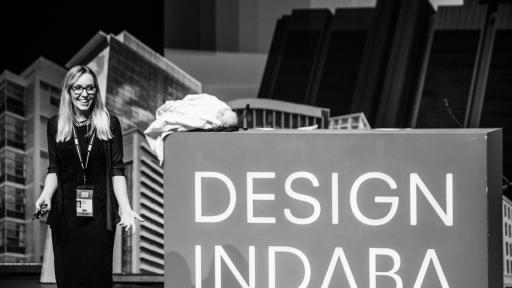Can our bodies become another everyday material for designers to work with? This is the question raised by new 3D bioprinting technology, which constructs tissue-like three-dimensional structures by dispensing cells onto a biocompatible scaffold using a successive layer-by-layer printing process similar to regular 3D printing.
Speculative designer and Royal College of Art graduate Agatha Haines explores these developments in her work. While this technology is still in its infancy and hasn't been widely commercialised, it opens up a wide field of potential innovation in the medical field of tissue engineering and developing biomaterials.
It is really fascinating to think that it might make us look at the body as a system of interchangeable parts, Haines says.
"So if we could look at ourselves in that way, what other things might we need or how might we create new parts that are better than the parts we have now?" she asks.
Haines presented her thesis project "Circumventive Organs" as a Pecha Kucha speaker at Design Indaba Conference 2014. She designed three imagined Frankenstein-esque organs, which combine properties from different body parts and even different species to respond to specific health issues.
“I was imagining things we have in nature that we could put together to create new functions,” she explains.
Her Electrostabilis Cardium is a built-in defibrillator for people at risk of heart attacks, which uses parts from an electric eel that can discharge an electric current to the heart when it goes into fibrillation.
To assist cystic fibrosis sufferers, she imagines the Tremomucosa Expulsum organ that uses rattlesnake muscles to expel mucus from the respiratory system and dispel it through the stomach.
Another speculative design, Cerebrothrombal Dilutus, contains cells from the saliva gland of a leech and releases an anticoagulant when it feels the pressure of a potential blood clot in the brain as a way of avoiding a stroke.
According to Haines, people generally find her work a little disturbing but once they contemplate the potential benefits for certain health issues, they start to respond to it in a different way.
“Creativity can open up amazing opportunities,” she says. “The interesting thing is that creativity spans so many disciplines, bringing people together in a transdisciplinary way to move design and other subjects forward.”









